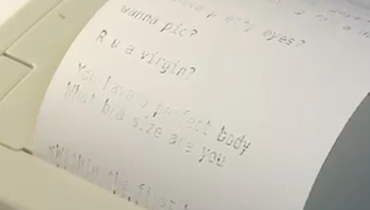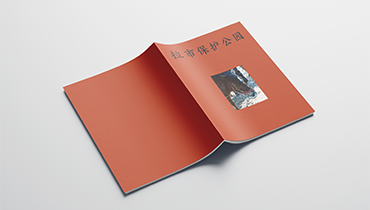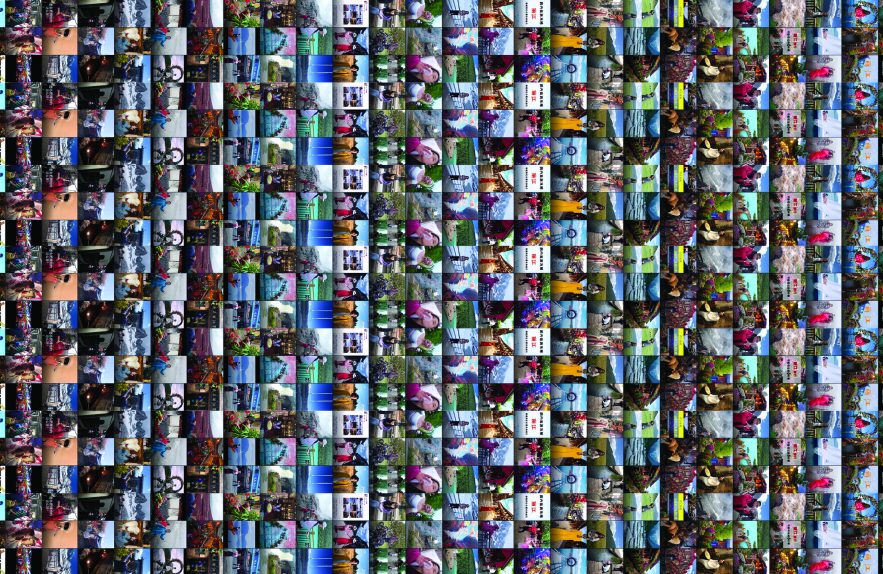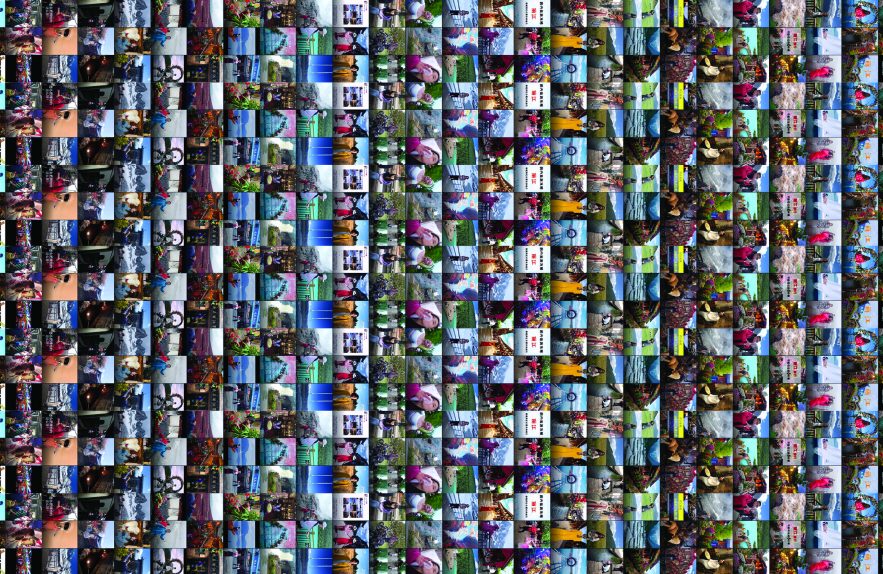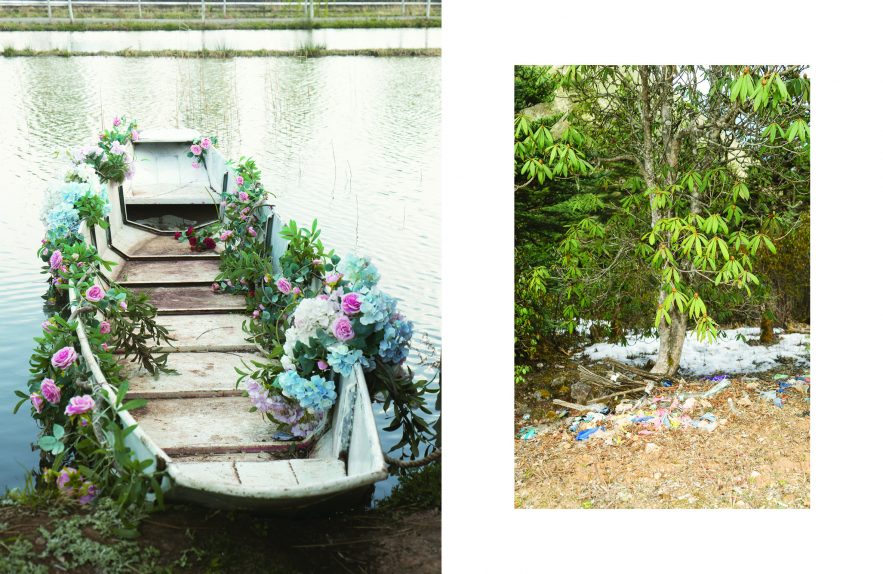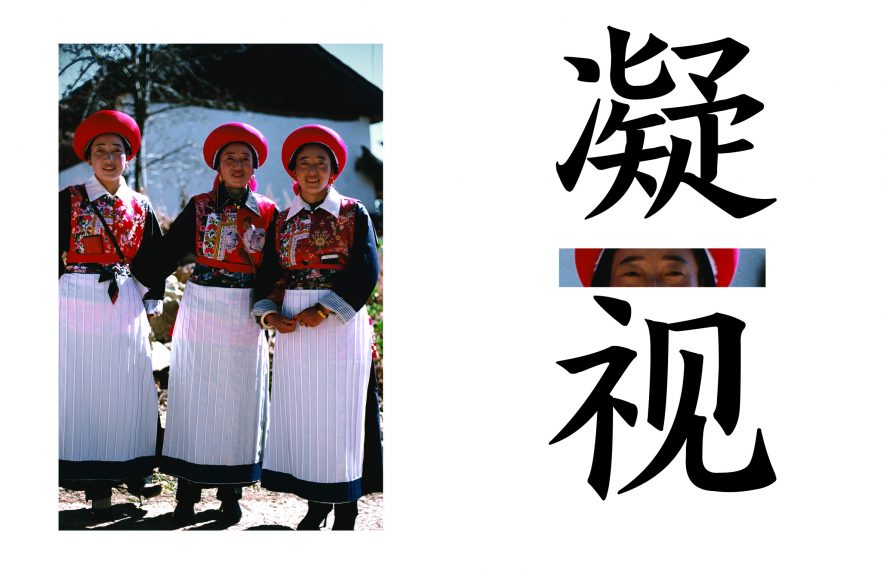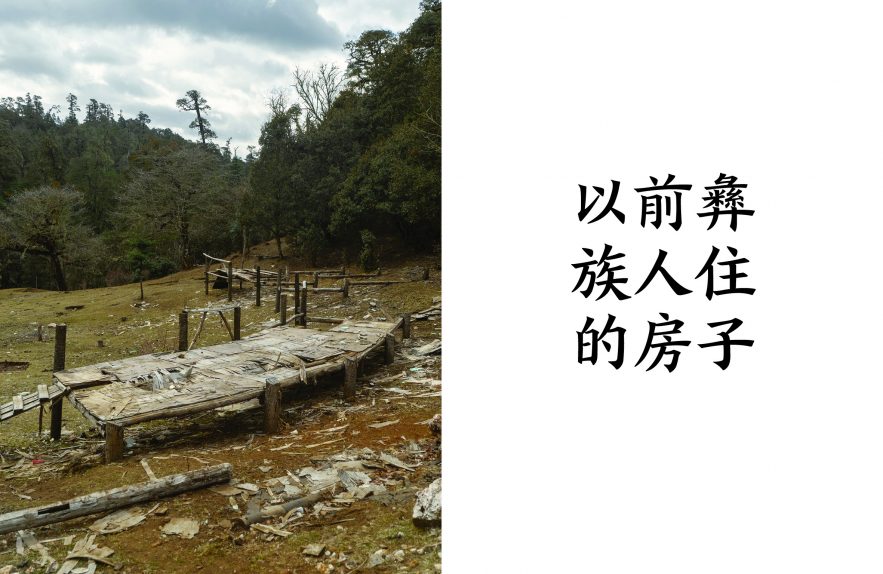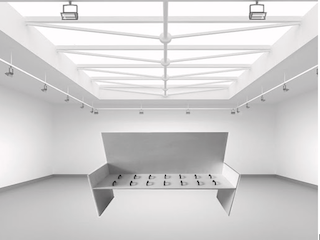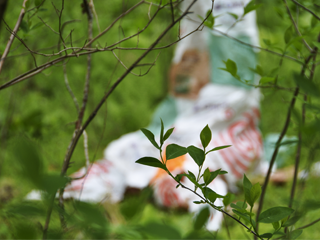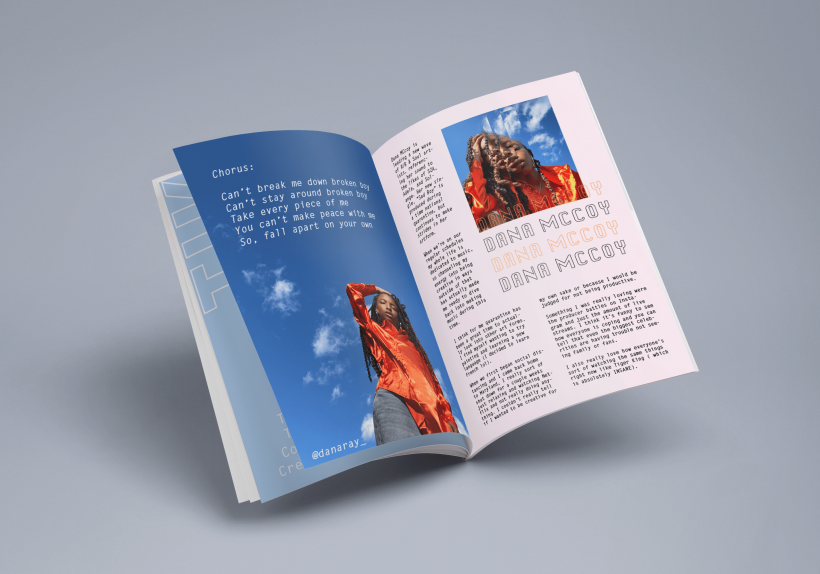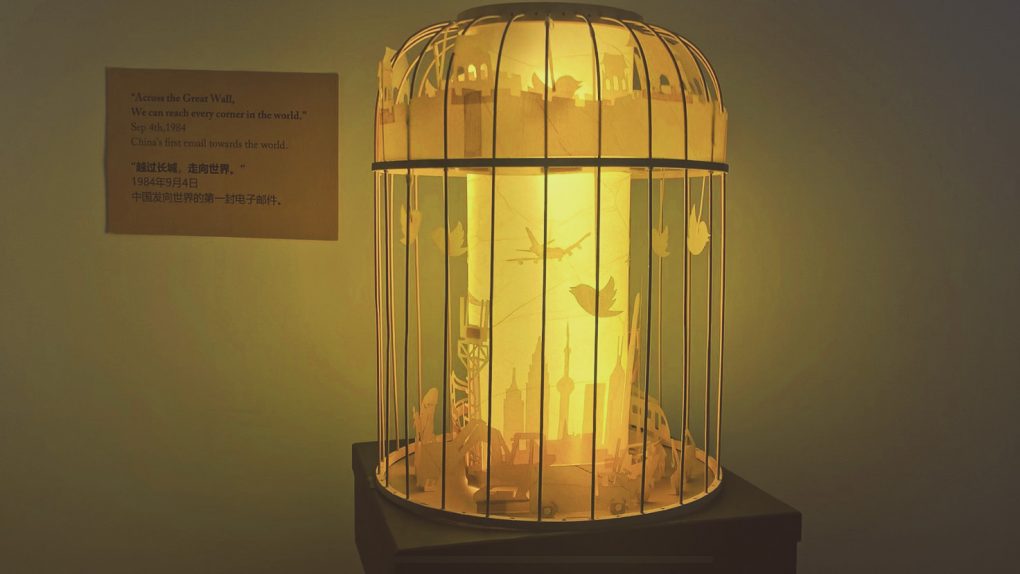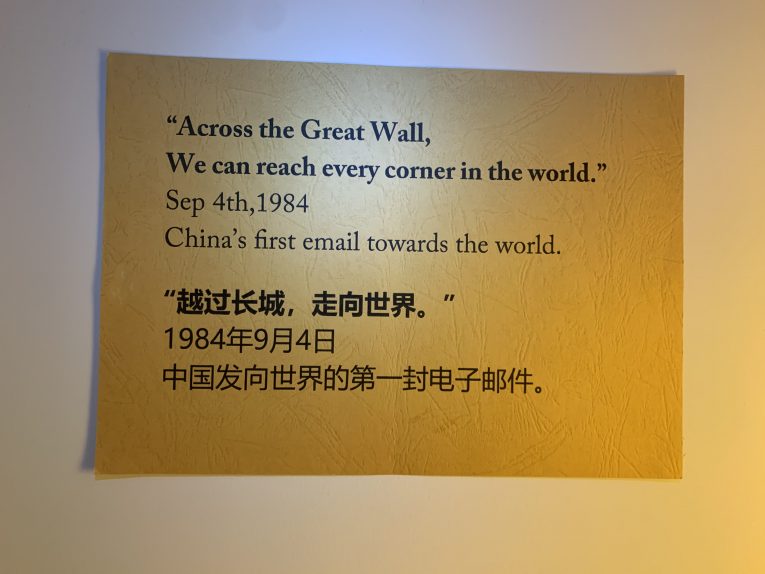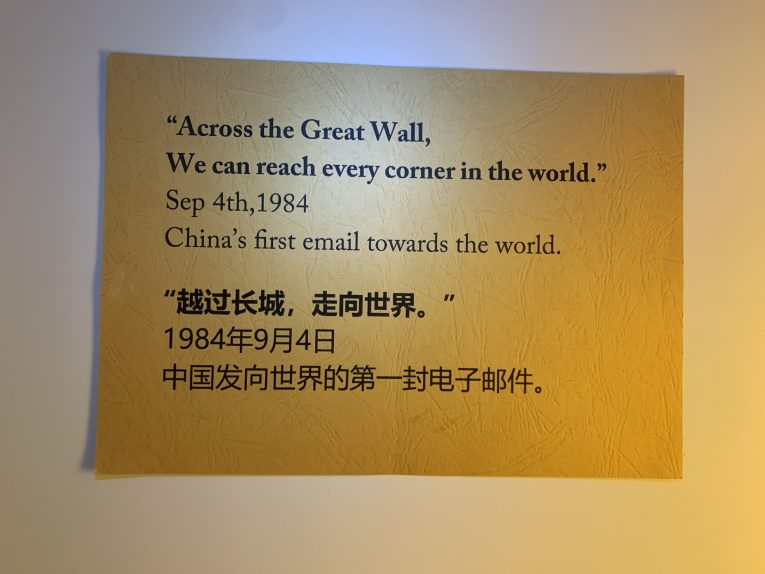This installation collects sexually offensive message sent to children detected by NGOs on various social media platforms; by exposing and cumulating these messages, it calls for more attention to child sexual abuse in the cyber spaces and better child protection on multiple levels.
Yunzhu Pan
Description
This project collects sexually offensive message sent to children detected by NGOs on various social media platforms; by exposing and cumulating these messages, it calls for more attention to child sexual abuse in the cyber spaces and better child protection on multiple levels. Most messages in this project’s database is collected by organizations like Bark, ChuLe, and individuals who has personal experience with the stated CSA issue, or involved in related activisms in various ways.
The installation is a stand-alone art installation, with a Raspberry Pi mini-controller running a program collection input data, and a thermal printer reacting in real-time, printing out the gathered data. The core components will be placed in a round-shaped transparent glass cover on a pedestal.
This project is a response to the issue of child sexual abuse in the online world, hoping to invoke attentions of parents and tech companies, which through research, are clearly proved to be the two parties that plays the most significant roles in dealing with online CSA(Child Sexual Abuse). The form of the installation is inspired by the “ticker tape machine”, an installation used by businesses to transmit and keep track of stock price information around the late 20th century. This particular installation was chosen because despite of any particular topic it serves, it perfectly embodies the role of a “perfect listener”; the ticker tape is a small device pinned into the real world, listens to live-data that’s constantly produced and updated in the real world, and acutely reacts to what it hears. This installation is designed to embodied the role of such a “listner”, that would monitor and “listen to” offensive languages and messages targeting children in social media and games, and would stay acute to any updates or changes.

